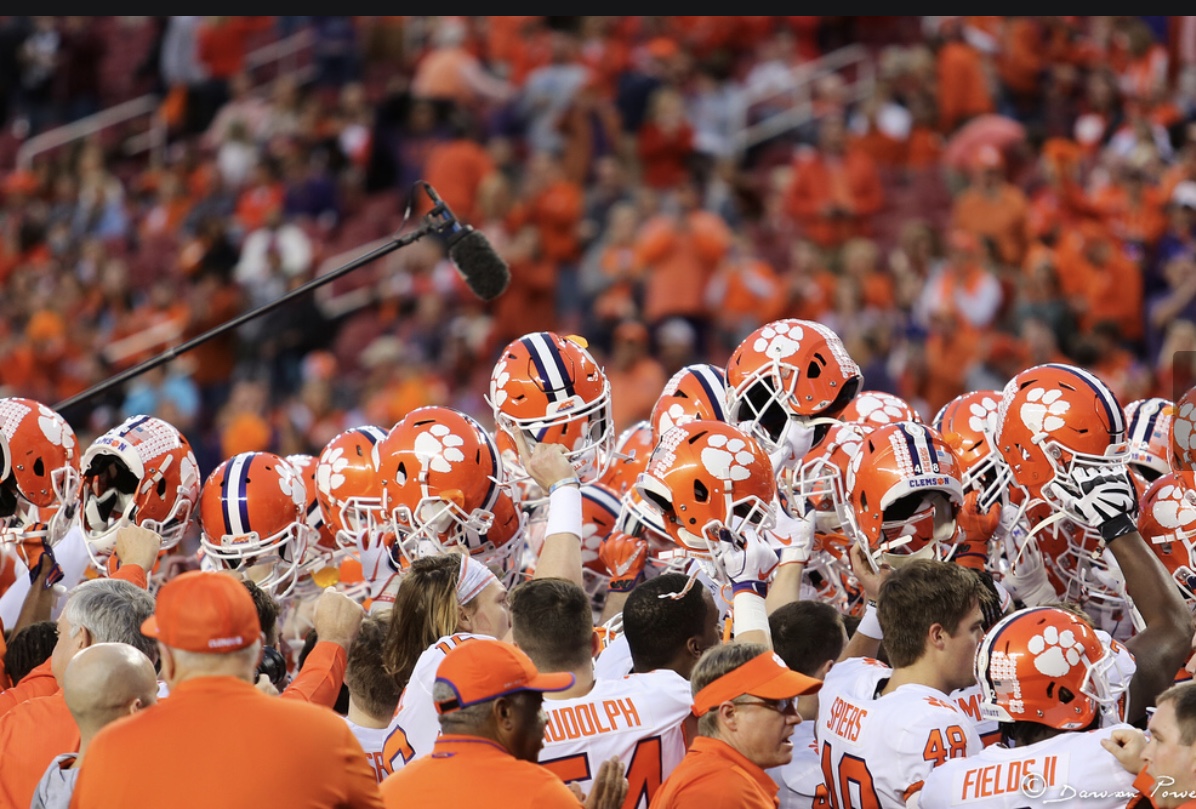
College Football
The most frustrating thing about being a college football fan is when your favorite team goes into overtime! Sometimes the outcome is great or your team just falls short. Last year between LSU and Texas A&M they went into 7 overtimes, before a winner could be determined. A new idea is in the works to determine an easier way. 2 point shoot-outs is in further discussion.
2 Point Shoot-outs
The football committee is trying to prevent player injury by exceeding no more then two extra possessions per team. 2 point shoot-outs will be played after the teams have played two full overtimes.
The overtime process is really not broken,” said Steve Shaw, the national coordinator of football officials. “It’s just when you go beyond two (overtime possessions), it’s too much.”
The committee meets the last week of February in Indianapolis.
The current overtime format, implemented in 1996, gives each team possession at the opponent’s 25 yard line, and repeats the process until one team has outscored the other.
After two possessions by each team, the offense must try a 2-point conversion instead of kicking an extra point after a touchdown.
Overtime Changes in Works
On average, 37 Bowl Subdivision games have gone to overtime over the past four seasons. Most end after one round of possessions. Only six games per season have gone past two overtimes. LSU and Texas A&M tied a record by playing seven overtime periods in November.
“Obviously that’s a lot of exertion on the student-athletes,” said West Virginia athletic director Shane Lyons, who is in his first year as the chairman of the NCAA’s football oversight committee.
No tied games ever happened in college football for decades.
Dozens of ideas on how to change overtime is in progress. The most common is the placement of the ball. This will allow the offenses operate more efficiently than ever; which will consist of moving the starting line back 10 or 15 yards which could make scoring more difficult.
The rules committee will also consider eliminating extra point tries, forcing teams to go for 2 from the very first possession.
What’s Next For Overtime?
Steve Shaw said:
Eliminating all place kicking in overtime. This could help address a less important issue: the team that wins the coin toss for overtime usually wins the game. Typically, the team that wins the toss chooses to play defense first so it knows what it will take to win when it has the ball.
“I don’t know if that’s going to be very popular, but we’ll talk about it,” Shaw said.
Overtime is not the only thing being mentioned. Targeting will be a mention as well.
Targeting
The American Football Coaches Association wants to make targeting a two-tiered foul, with a 15-yard penalty for some helmet hits and 15 yards plus ejection for more malicious hits. Right now, all targeting fouls result in ejection.
A similar change had a consideration last year, but it was shot down and same thing will probably happen this year. However, other changes will be determined, which could lead to fewer ejections.
While coaches support the two-tiered penalty, the commissioners who manage the NCAA’s College Football Officiating LLC see it as backing away from a rule meant to address player safety.
“It’s either targeting or it’s not, and right now the targeting penalty carries with it an ejection,” Big 12 Commissioner Bob Bowlsby said.
The rules committee will consider changing the way replay review is used in targeting as a way to improve the accuracy of the calls. This should have less call results in ejections.
Replay review can confirm a ruling on the field, rather it’s a overturn or the call stands if there is not enough video evidence to overturn. The committee will consider eliminating the call stands ruling, allowing replay officials to overturn calls that can’t have confirmation.
“We look forward to having a really good dialogue with the AFCA on this,” Mid-American Conference Commissioner Jon Steinbrecher said. “I think we all have the same goal in mind and that’s let get it right.
Do you agree with what could be the new changes for NCAA College Footballl? Feel free to share your thoughts!
Social Media
Follow TSJ 101 Sports on Twitter: @T101Sports
Department: @T101SportsCFB
Writer: @luvstowrite88
Picture Credit: Dawson Powers via Flickr
Kayla McCurry
Do you love College Football? Want to write about it? Email me at: kaylamccurry@tsj101sports.com for more information!












